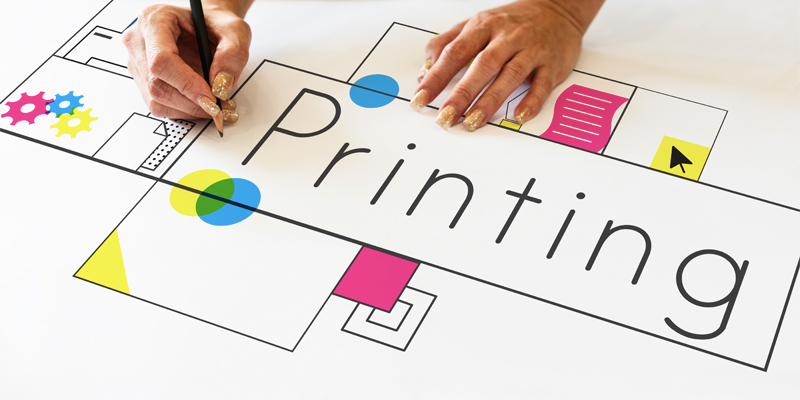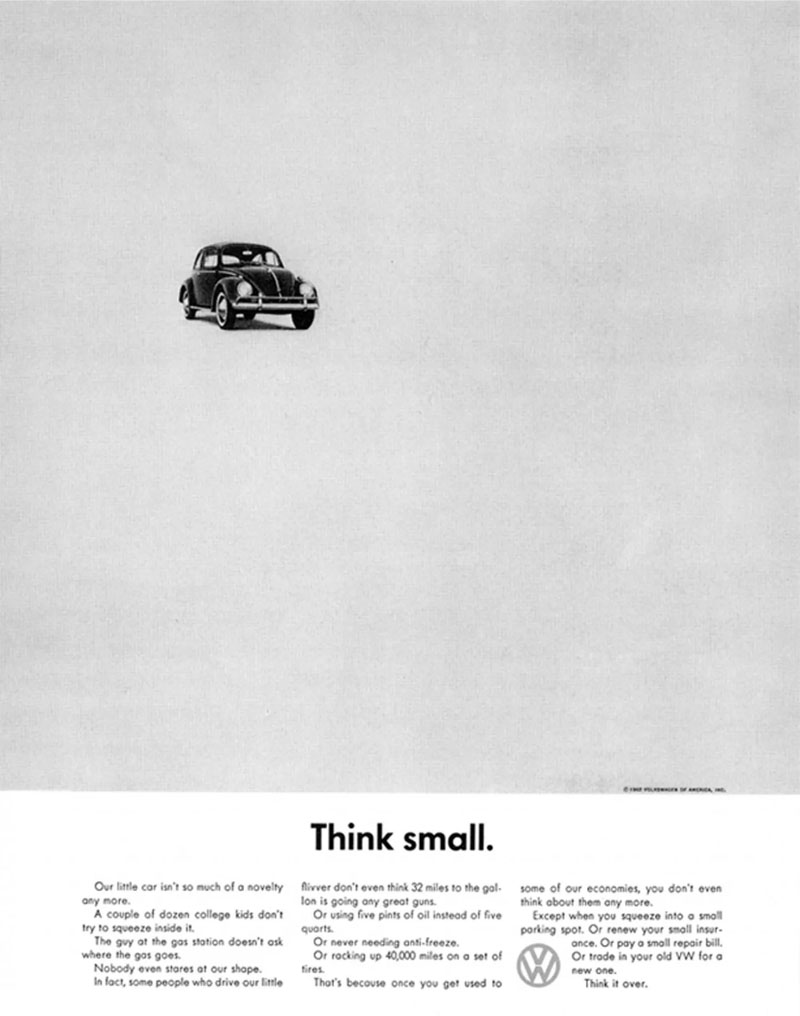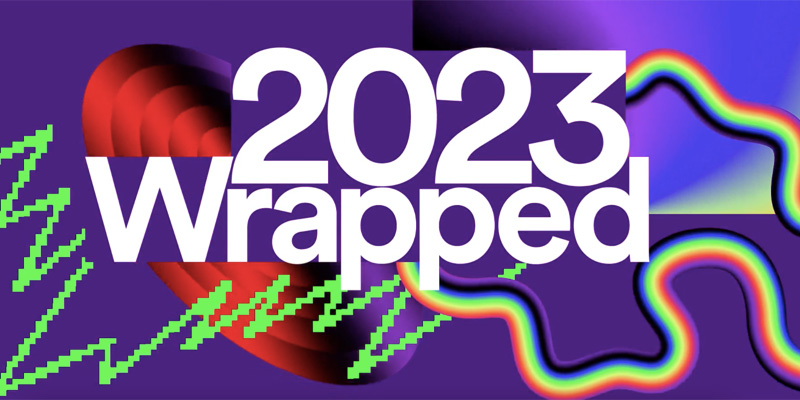The Evolution of Creative Campaigns: From Print to Digital
In the landscape of marketing, the journey from the tactile pages of print to the dynamic screens of digital media marks a pivotal evolution in how brands connect with their audience. This transformation is not just about the shift in platforms but a complete overhaul in the approach to creative campaign design. Through this blog, we’ll explore the journey of brand creative designs from the simplicity of print to the complexity of digital, highlighting the crucial role of creative agencies in navigating this shift and shaping the future of advertising.
Reading Time: 9 Minutes
1. The Roots of Advertising: The Era of Print

1.1. The Golden Age of Print Advertising
The early 20th century marked the golden age of print advertising, a time when brands began to understand the power of visually compelling narratives to captivate consumers. Print ads were not merely informational but an art form, blending striking imagery with persuasive copy to create memorable brand experiences. The simplicity of the medium demanded creativity and ingenuity, leading to some of the most iconic campaigns in advertising history.
1.2. Design Principles in Print
Print advertising’s effectiveness lay in its adherence to core design principles: balance, contrast, and clarity. Advertisers leveraged these elements to craft ads that stood out on the page, capturing the reader’s attention and conveying the brand’s message in a glance. The mastery of typography, the strategic use of white space, and the careful selection of imagery all played pivotal roles in print campaign design.
1.3. Iconic Print Campaigns
Consider the “Think Small” campaign by Volkswagen in the 1960s, a testament to the power of print in crafting a compelling brand narrative. By embracing minimalism and honesty, the campaign broke the norms of automotive advertising, making a lasting impact on the industry and consumers alike.

2. Transitioning to the Digital Frontier

2.1. The Rise of Digital Media
The advent of the internet and digital technology in the late 20th and early 21st centuries ushered in a new era for creative campaigns. Brands and creative agencies faced both challenges and opportunities as they navigated the transition from static print to dynamic digital platforms. The digital age demanded adaptability, with success increasingly defined by a brand’s ability to engage interactively with its audience.
2.2. Challenges and Opportunities
The shift to digital introduced a new level of complexity in campaign design, requiring a deep understanding of digital platforms, user behavior, and technology. However, it also opened up unprecedented opportunities for personalization, interactivity, and data-driven strategies, allowing for more targeted and engaging campaigns.
2.3. Digital Design Evolution
Digital platforms have fundamentally altered the aesthetics of campaign design, emphasizing user experience, responsiveness, and multimedia content. The transition from print to digital necessitated a rethinking of how to capture attention and convey messages in an ever-evolving online landscape.
3. The Role of Creative Agencies in Shaping Digital Campaigns

3.1. From Concept to Execution
The transition from print to digital has redefined the role of creative agencies in the advertising ecosystem. In the digital domain, these agencies have become orchestrators of a more complex set of variables, from understanding the nuances of digital platforms to integrating multimedia content into cohesive campaigns. The process of developing digital campaigns now involves a multidisciplinary approach, combining the traditional creativity of copywriters and graphic designers with the technical expertise of digital strategists and data analysts. This blend ensures that every campaign is not only creatively compelling but also optimized for digital performance.
3.2. Integration of Technology and Creativity
The hallmark of modern creative agencies is their ability to harmoniously blend technology and creativity. Innovations such as Augmented Reality (AR), Virtual Reality (VR), and Artificial Intelligence (AI) have opened new avenues for engaging storytelling and interactive experiences. For instance, AR can transform a static ad into an immersive experience, allowing consumers to visualize products in their own space before making a purchase. Meanwhile, AI technologies enable the personalization of content at scale, ensuring that messages resonate with individual users based on their preferences and behaviors.
4. Case Studies
4.1. The IKEA Place App
Developed by IKEA’s creative team, this AR app allows users to visualize how furniture would look in their homes before making a purchase. It represents a seamless integration of technology and creativity, solving a common customer pain point and enhancing the shopping experience.
4.2. Nike’s Reactland
To promote the React shoe line, Nike created an interactive VR game that allowed users to test the shoes in a virtual environment. This campaign showcased how digital technologies could be leveraged to create unique brand experiences that drive engagement and product interest.
4.3. Spotify’s Wrapped Campaign

Utilizing data analytics, Spotify creates personalized year-end review campaigns for its users, showcasing their most listened to songs and artists. This creative use of AI for personalization has not only engaged users but also encouraged sharing on social media, amplifying the campaign’s reach.
5. Innovations in Digital Campaigns
5.1. Interactive and Immersive Experiences
The digital age has ushered in an era where audience engagement is paramount. Brands now strive to create campaigns that do more than just inform; they seek to immerse and interact. Interactive ads, from simple quizzes to complex AR experiences, invite the audience to participate actively, transforming passive observers into active participants. This engagement fosters a deeper connection between the brand and its consumers, enhancing recall and affinity.
One notable example is the “Share a Coke” campaign by Coca-Cola, which evolved from personalized labels to an interactive online experience, allowing users to create virtual cans and share them on social media. This blend of personalization and interactivity not only bolstered Coke’s brand presence online but also created a sense of community among its consumers.
5.2. Personalization and Data-Driven Design
Data-driven design marks a significant shift in how campaigns are crafted, moving away from one-size-fits-all messaging to personalized communication that resonates with individual users. Leveraging user data, from browsing history to purchase behavior, brands can tailor their messaging, imagery, and offers to match the unique preferences and needs of their audience.
Netflix’s personalized recommendation trailers serve as a prime example. By analyzing viewing habits, Netflix customizes its homepage trailers to match the tastes of each user, making its marketing efforts highly relevant and effective.
5.3. Social Media and Virality
Social media platforms have transformed the landscape of campaign creativity, enabling content to travel faster and farther than ever before. The virality factor, where content is shared and reshared across networks, can catapult a brand into the spotlight overnight. Creative campaigns that tap into current trends, memes, or social movements can achieve unprecedented reach and engagement, leveraging the network effect of social media.
Dove’s “Real Beauty Sketches” campaign leveraged emotional storytelling with a powerful message about self-perception and beauty standards. By striking a chord with its audience, the campaign gained massive traction on social media, significantly amplifying Dove’s message of inclusivity and self-love.
6. The Future of Creative Campaigns

As we look forward, the intersection of technology, data, and creativity will continue to define the evolution of advertising campaigns. Emerging technologies like AI and machine learning will offer even more sophisticated tools for personalization and engagement, while ethical considerations and consumer privacy will increasingly influence how data is used in campaign design. The future of creative campaigns lies in the balance of innovation and responsibility, pushing the boundaries of engagement while respecting the individuality and privacy of the audience.
The innovations in digital campaigns highlight a transformative period in advertising, where engagement, personalization, and social connectivity become the cornerstones of successful marketing strategies. As brands navigate this digital landscape, the role of creative agencies in harnessing these innovations to craft memorable, effective campaigns will be more critical than ever.
7. Frequently Asked Questions

7.1. How have consumer behaviors influenced the shift from print to digital campaigns?
Consumer behaviors have dramatically shifted towards digital-first media consumption, necessitating the move from print to digital campaigns. The desire for interactive, on-demand content accessible across multiple devices has driven brands to prioritize digital platforms, where engagement can be more directly measured and optimized.
7.2. What are the key differences in designing for print vs. digital media?
Designing for print focuses on static imagery and text, emphasizing clarity, visual appeal, and message succinctness due to space limitations. Digital design, however, incorporates dynamic elements like animation, interactivity, and multimedia content, tailored to various screen sizes and platforms. Additionally, digital allows for real-time adjustments based on user engagement analytics.
7.3. How do creative agencies stay ahead in an ever-evolving digital landscape?
Creative agencies stay ahead by continuously exploring emerging technologies, platforms, and consumer trends. Investing in ongoing training for their teams, leveraging data analytics for insights, and fostering a culture of innovation are crucial strategies. Collaboration with tech companies and startups also provides fresh perspectives and access to cutting-edge tools.
7.4. What tools and technologies are shaping the future of creative campaign design?
AI and machine learning are major forces, personalizing user experiences at scale. AR and VR are creating immersive brand experiences, while blockchain technology offers new ways to ensure transparency and consumer trust. Social listening tools and analytics platforms provide deep insights into consumer behavior, enabling more targeted and effective campaigns.
7.5. How can brands measure the success of their digital campaigns effectively?
Success measurement goes beyond traditional metrics like impressions and clicks, focusing on engagement, conversion rates, and ROI. Advanced analytics platforms now offer insights into user behavior, campaign resonance, and the customer journey, allowing brands to measure the effectiveness of their campaigns against specific business objectives.
Conclusion
The evolution from print to digital in the world of advertising campaigns reflects a broader shift in media consumption, technology, and consumer expectations. This journey underscores the necessity for brands and creative agencies to adapt, innovate, and remain flexible in their approaches to campaign design. By embracing the possibilities of digital and staying attuned to the changing landscape, brands can create more engaging, effective, and measurable campaigns that resonate with today’s consumers. As we look to the future, the potential for creative campaign design is boundless, with new technologies and platforms offering fresh avenues for creativity and connection. The challenge and opportunity for brands lie in leveraging these advancements to craft compelling narratives that captivate audiences and drive meaningful engagement.
Stay Updated with Creative Design Trends!
Don’t miss the latest in creative design. Subscribe now!